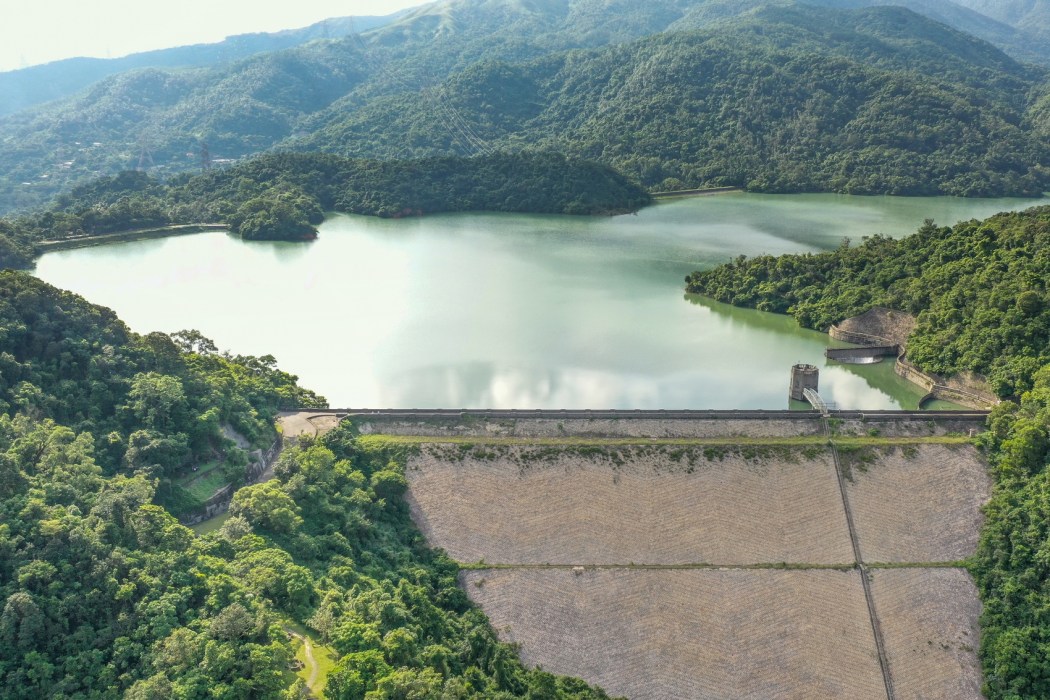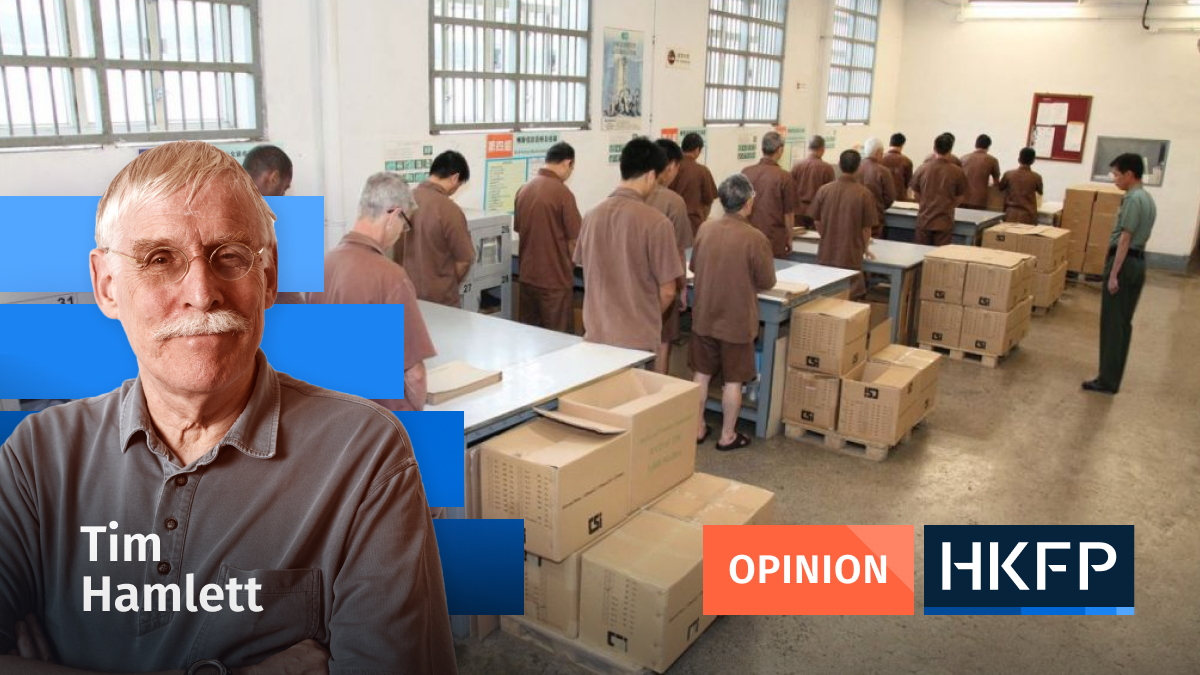Dr Lina Vyas and Dr Stuti Rawat
On Wednesday, World Water Day, the United Nations 2023 Water Conference will take place in New York City, 46 years after the first UN Water Conference was held. During this time, Hong Kong has made significant progress in its water sector.

In 1977, Hong Kong residents had less than 91 days of full water supply and until the early 1980s they faced water shortages and water rationing. Today, water in Hong Kong is safe, available around the clock, easily accessible and priced cheaper than comparable cities in the world .
In contrast to the fact that globally 2 billion people are still not able to access safely managed drinking water services, using the phrase “water woes” in conjunction with Hong Kong seems quite a misnomer. However, the lack of a visible and salient problem when it comes to water is where the city’s problem lies.
Although Hong Kong is water insecure in the sense that naturally available resources are not adequate for the city’s needs, this is not immediately evident to the city’s residents as Hong Kong has not experienced water scarcity in the last four decades; largely due to the water supply agreements which allow Hong Kong to import close to 60 per cent of its water from the Dongjiang in Guangdong province.
The rest comes from rainwater from local catchments and sea water – which is used for toilet flushing. The lack of water scarcity in Hong Kong creates an “illusion of plenty” and influences consumption. Studies have shown that individuals from regions experiencing water scarcity are much more likely to participate in and support water conserving behaviour as compared to those from non-water scarce contexts.
In addition to context, price also influences consumption. Water in Hong Kong is supplied to residents at tariff rates that have remained unchanged since 1995, even as the cost of water production has more than doubled since then. It is thus hardly surprising that per capita water consumption in Hong Kong has been increasing steadily. In 2020, domestic per capita fresh-water consumption stood at 152.6 litres per day.

One consequence of the Covid-19 pandemic is expected to be greater increases in domestic water consumption because of changes in habits such as more frequent hand washing, showering and cleaning.
This has been observed in Singapore, which prior to the pandemic saw per capita water use steadily declining from 151 litres in 2015 to 141 litres in 2019. This subsequently increased during the pandemic to 154 litres in 2020 and 158 litres in 2021.
So why is Hong Kong’s rising domestic water consumption a matter of concern? Three reasons.
Firstly, it is not sustainable. Climate change is already beginning to impact the spatial and temporal distribution of water resources. In May 2021, because of the hot weather and deficient rainfall, the water level of many reservoirs in Hong Kong dropped, with only nine out of 17 containing more than half of total storage at that time.
The Dongjiang basin on which Hong Kong is dependent for its water supply, is already considered to be an area of water scarcity and facing competition for its water resources. As climate change induced extreme weather events increase in the future, honouring Hong Kong’s water allocation as per the terms outlined in the Dongjiang water agreement could present challenges.

Secondly, Hong Kong’s rising water use against the low water tariffs it charges – research shows water prices in Hong Kong are less than a seventh of the true water production cost – is also problematic in terms of the fiscal sustainability of its utilities. It is estimated that that the revenue-expenditure gap of the Hong Kong Water Supplies Department for 2002-2012 was HK$41.7 billion.
In addition to this, are the losses accruing from water leakages. Close to a third of Hong Kong’s freshwater is lost through leaks in government mains, private pipes and theft, and estimated to be equivalent to HK$1.35 billion in revenue in 2013. Losses such as these impact the cost-effectiveness of the utility and impinge on its ability to become carbon neutral in terms of capital investments and operational activities in the future.
Thirdly, Hong Kong is confronting practical challenges when it comes to its existing programmes and lagging in developing alternative sources of water supply. For example, Hong Kong has been using sea water for toilet flushing since the 1950s. This has, however, contributed to higher maintenance requirements due to pipe corrosion caused by the high salt content.
With respect to seawater desalination, although feasibility studies were conducted in 2002 and 2007, the construction of a desalination plant at Tseung Kwan O did not commence until 2019. It is expected to be completed this year. However, desalination is extremely energy intensive and the process produces condensed brine, which if released back into the sea would raise salinity, with a potential negative impact on marine ecology.
And while guidelines on the implementation of rainwater harvesting and grey water recycling systems have been formulated and incorporated since 2015, these have been restricted to government buildings.
Compare this with the remarkable progress made by Singapore in developing alternative water sources and its continuous drive to leverage smart technologies to strengthen operations and meet future needs; it is clear that Hong Kong is lagging behind.
Although Hong Kong’s Water Supplies Department (WSD) has scaled up its water conservation campaigns and measures in recent years, take-up of these measures among the public remains low. According to a survey on domestic water consumption undertaken by the WSD in 2015-2016, over 95 per cent of households did not participate in the WSD’s “Let’s Save 10L Water” campaign that had been initiated the previous year.
Only about 32 per cent of households indicated using water saving devices or products from the voluntary Water Efficiency Labelling Scheme (WELS) and only 42 per cent of households had heard about WELS. All of this suggests that educational campaigns and voluntary measures may not be sufficient to change the water-use habits of Hong Kong residents.
As long as the city’s non-water scarce context and price-signalling do not offer people a reason to change their water-use behaviour, per capita water consumption is likely to grow unabated, and Hong Kong’s water woes are going to be glaringly apparent sooner rather than later.
In light of World Water Day it is important to discuss Hong Kong’s “hidden” water problem. Over the last four decades Hong Kong has moved towards more unsustainable consumption patterns, while maintaining a sheltered exterior of plentiful supply. Current measures targeting water supply and water demand, are not enough. It is essential these be reviewed for the sake of Hong Kong’s future.
Dr Lina Vyas is an associate professor in the Department of Asian and Policy Studies at the Education University of Hong Kong, specialising in public policy and management.
Dr Stuti Rawat is a research assistant professor at the Department of Asian and Policy Studies at the Education University of Hong Kong, specialising in sustainability and public policy.
Support HKFP | Policies & Ethics | Error/typo? | Contact Us | Newsletter | Transparency & Annual Report | Apps
| HKFP is an impartial platform & does not necessarily share the views of opinion writers or advertisers. HKFP presents a diversity of views & regularly invites figures across the political spectrum to write for us. Press freedom is guaranteed under the Basic Law, security law, Bill of Rights and Chinese constitution. Opinion pieces aim to point out errors or defects in the government, law or policies, or aim to suggest ideas or alterations via legal means without an intention of hatred, discontent or hostility against the authorities or other communities. |
Help safeguard press freedom & keep HKFP free for all readers by supporting our team

More HKFP OPINION:
HKFP has an impartial stance, transparent funding, and balanced coverage guided by an Ethics Code and Corrections Policy.
Support press freedom & help us surpass 1,000 monthly Patrons: 100% independent, governed by an ethics code & not-for-profit.










